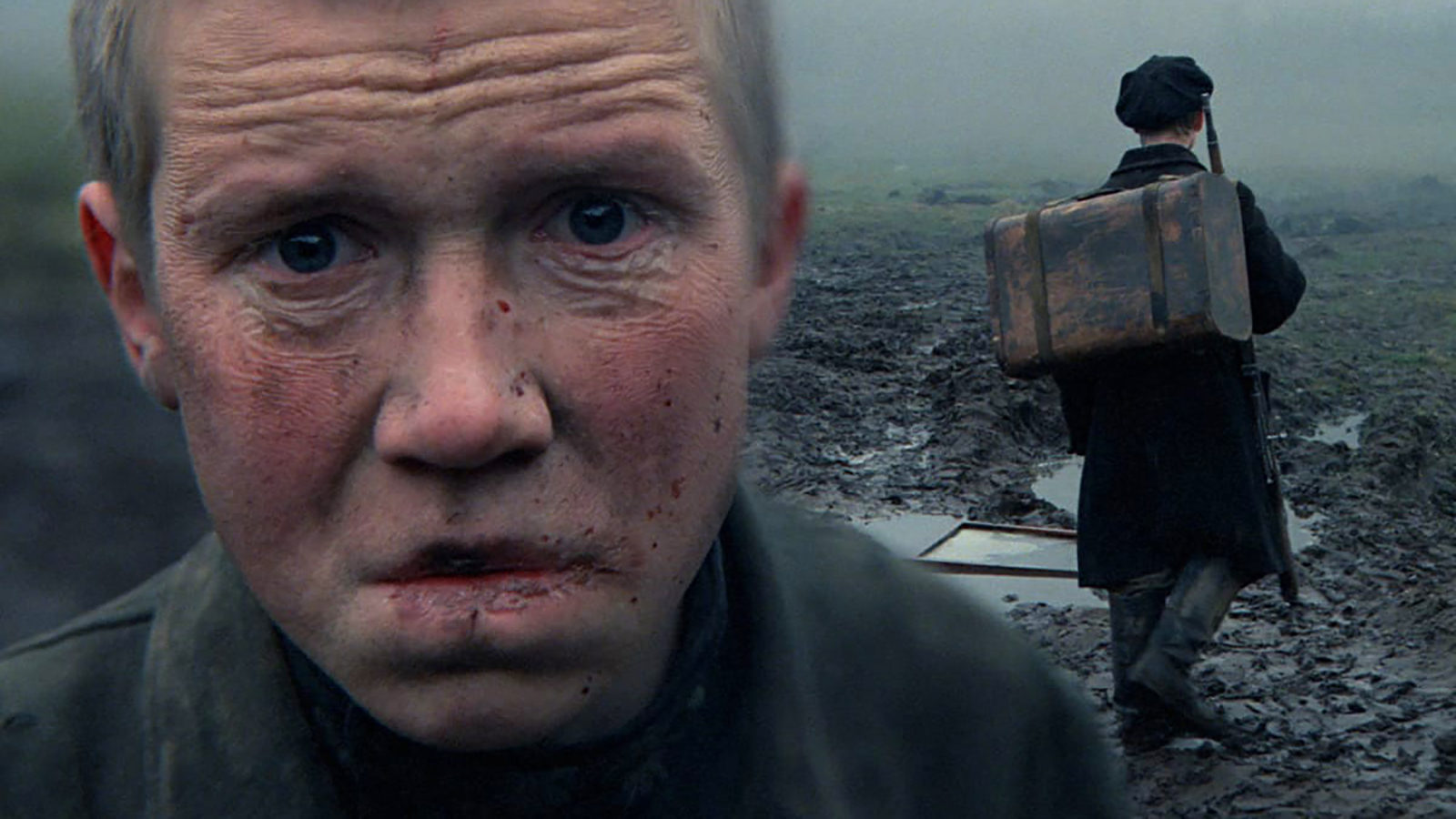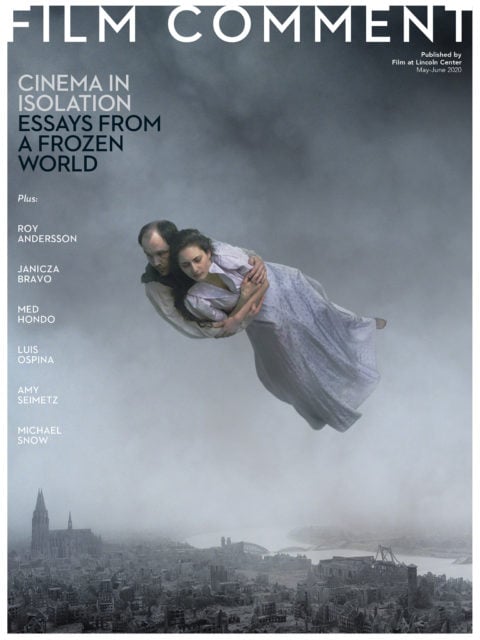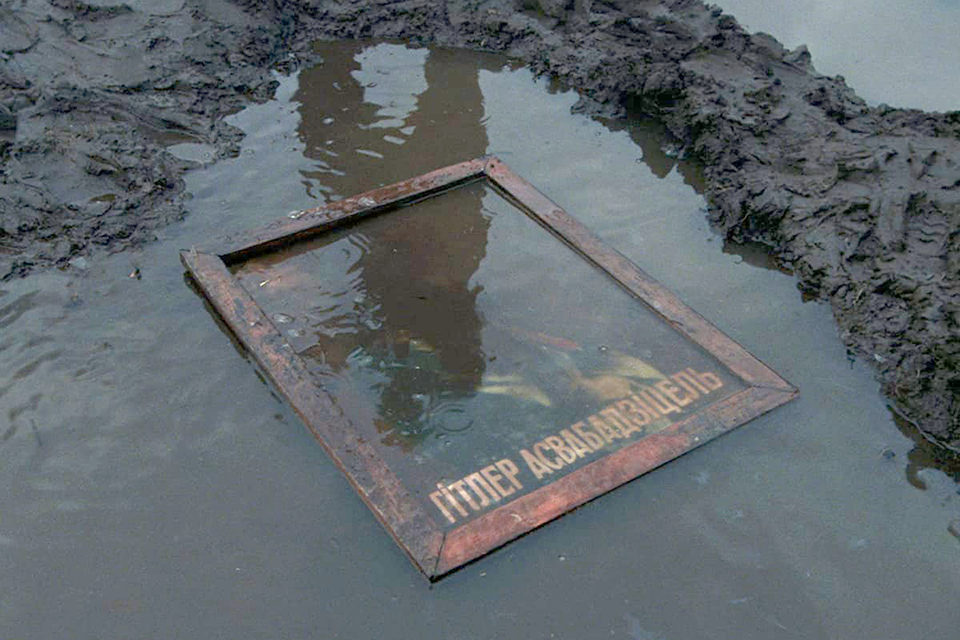By Ari Aster in the May-June 2020 Issue

Crimes Against Humanity
Come and See, Elem Klimov, USSR, 1985The Criterion Collection, DVD & Blu-Ray
Over the years, Elem Klimov’s monolithic Come and See (1985) has gradually evolved from much- coveted cult object (long available in the States as a color- faded DVD from Kino Video) to acknowledged standard-bearer for the proverbial “uncompromised” anti-war film and the Citizen Kane of hallucinatory Holocaust nightmares. There is enduring controversy around the question of whether its staggering (and extremely influential) idiosyncrasies aid the film in its mission of frankly depicting mass murder (in this case, the Nazi genocide in Byelorussia) without romanticizing, exploiting, or otherwise diminishing the revulsion of its represented atrocities, or whether Klimov’s pervasive stylization distracts from his mission, elevating the violence to objects of morbid aesthetic fascination. Whatever the verdict, Come and See is among the most vividly realized war films ever made; a work of truly lacerating power and endlessly beguiling strangeness. Indeed, if (as Harold Bloom argued, and I’m paraphrasing) the value of an original work is to be measured by its strangeness, then Klimov’s film represents an apogee of its kind.

From the May-June 2020 Issue
Also in this issue
Rather than a traditional narrative, Come and See functions as a conflagration—an assault of poetic-horrific impressions that could have been ripped from Isaac Babel’s Red Cavalry or Jerzy Kosiński’s The Painted Bird. Equal parts lyrical and demonic, the film is a soul-taxing succession of agonizing moments pushed ever beyond extremes (stretching past tragedy and into the absurd), which culminates finally in the total erasure of a person—a teenage boy named Flyora (the astounding Aleksei Kravchenko), at first possessed by fantasies of military glory as he joins the Byelorussian resistance, who seems to age several decades over the pulverizing course of a few unfathomable days.

Come and See (Courtesy of the Criterion Collection)
After the film’s prolonged and hellish climax, an unblinking depiction of the massacre of 72 adults and 75 children in Khatyn (civilians trapped in a burning farmhouse, surrounded by the most hideously drawn Nazis ever puked up), the movie busts apart at the seams and we are blasted into a pummeling montage of Holocaust footage being played furiously backwards until it settles finally—impotently—on a photograph of Hitler as a baby. The now-deranged Flyora fires at this/us with the rifle that he dug up from the earth in the film’s first disorienting scene. (Come and See was originally titled Kill Hitler.)
It was with this film that Klimov, whose wife Larisa Shepitko had already made one of the great (and equally experiential) war tragedies nearly a decade earlier with The Ascent, finally perfected a mode of storytelling with which he’d begun experimenting in his snarling and operatic Rasputin saga Agony, a dazzling oddity that Klimov nevertheless considered a failure. He would never make another film after Come and See, which is just as well. It has a way of making most other films feel utterly superfluous. Has any work ever reflected the adage “war is madness” more powerfully? Indeed, this ruthless and remarkable production leads the viewer by the hand through a totally enveloping experience of yawning and ultimately annihilating madness.
As a travelogue of hell, a catalog of horrors, and a single-minded transference of never-to-be-resolved historical traumas, Come and See has not, to my knowledge, been topped. If it ever should be, the result would be unendurable.
Ari Aster is the director of Hereditary and Midsommar.







